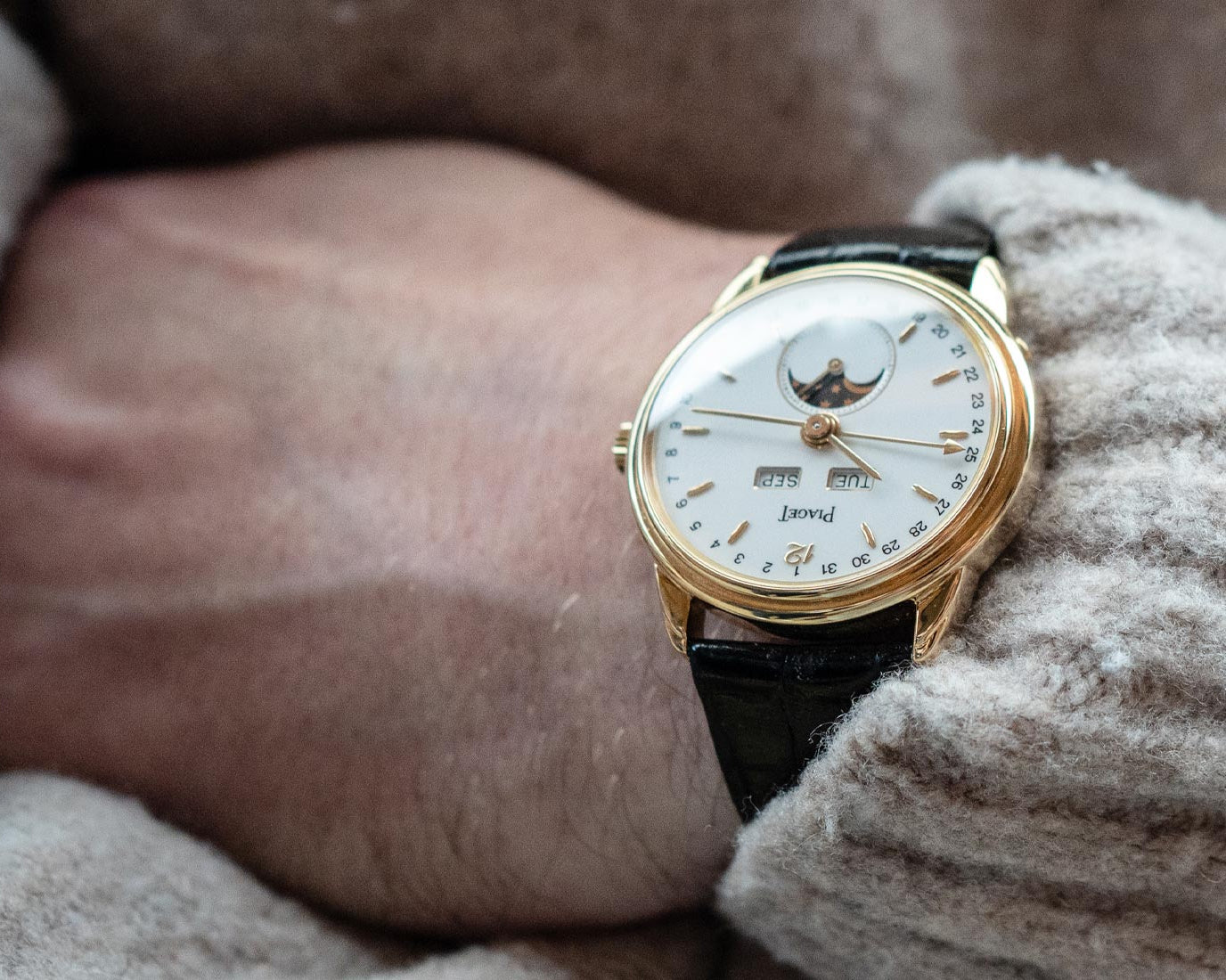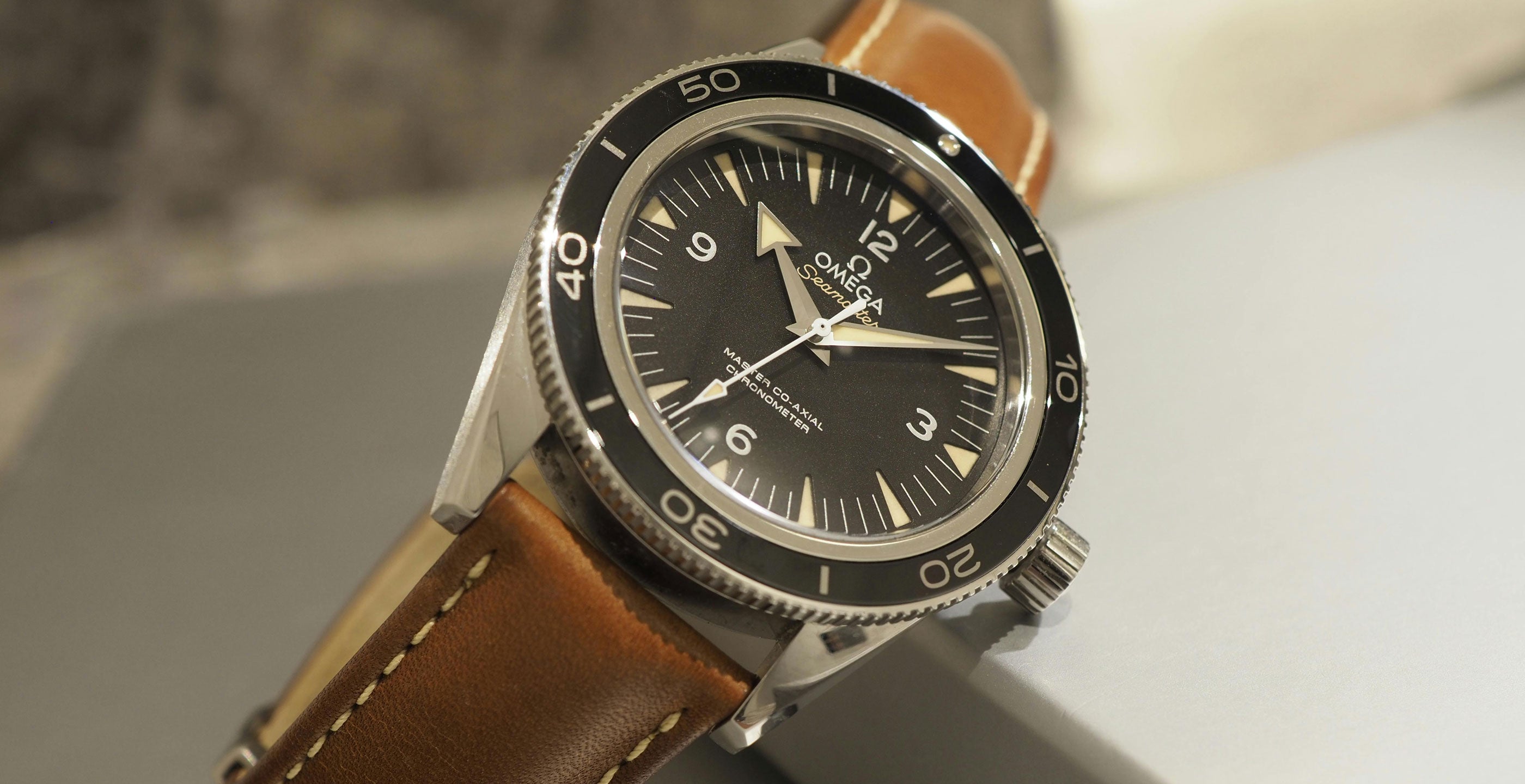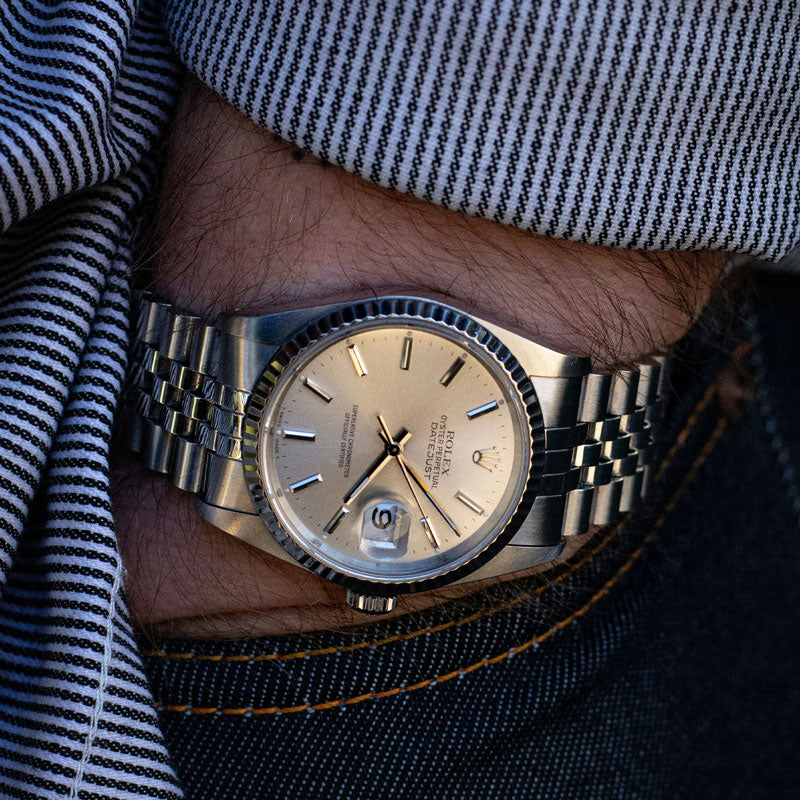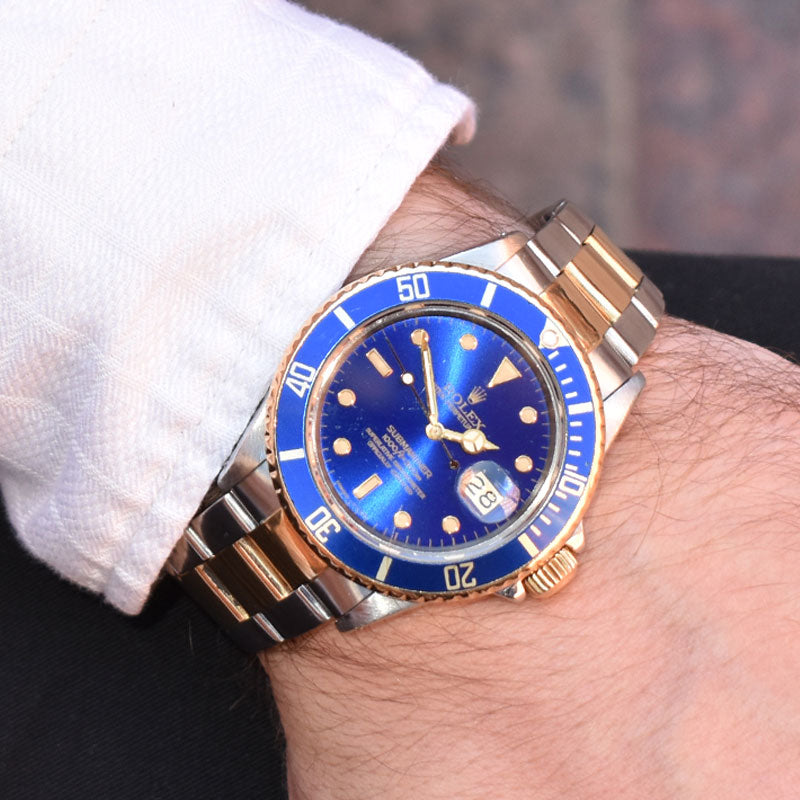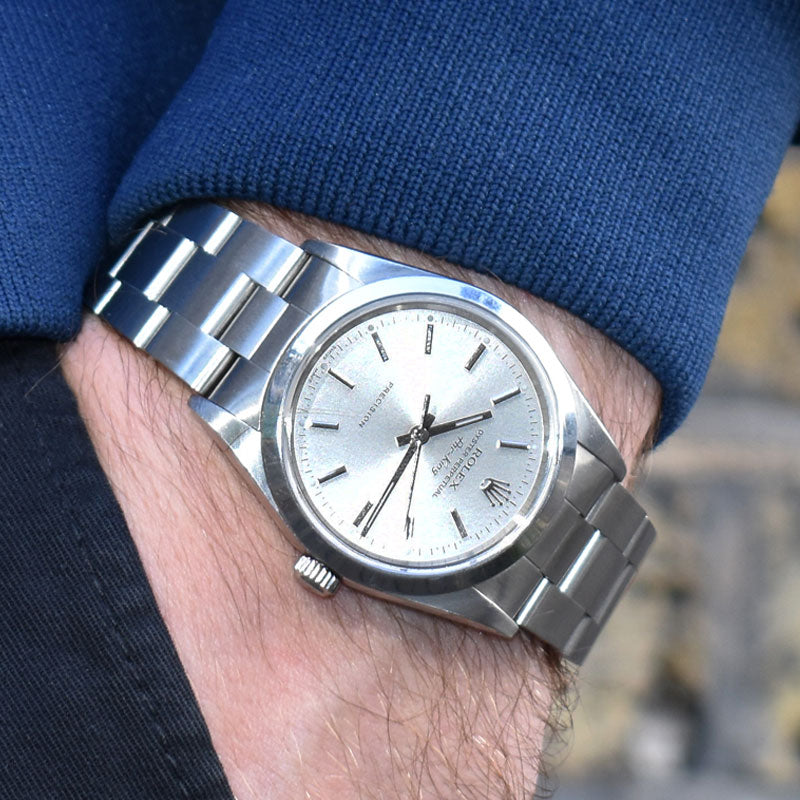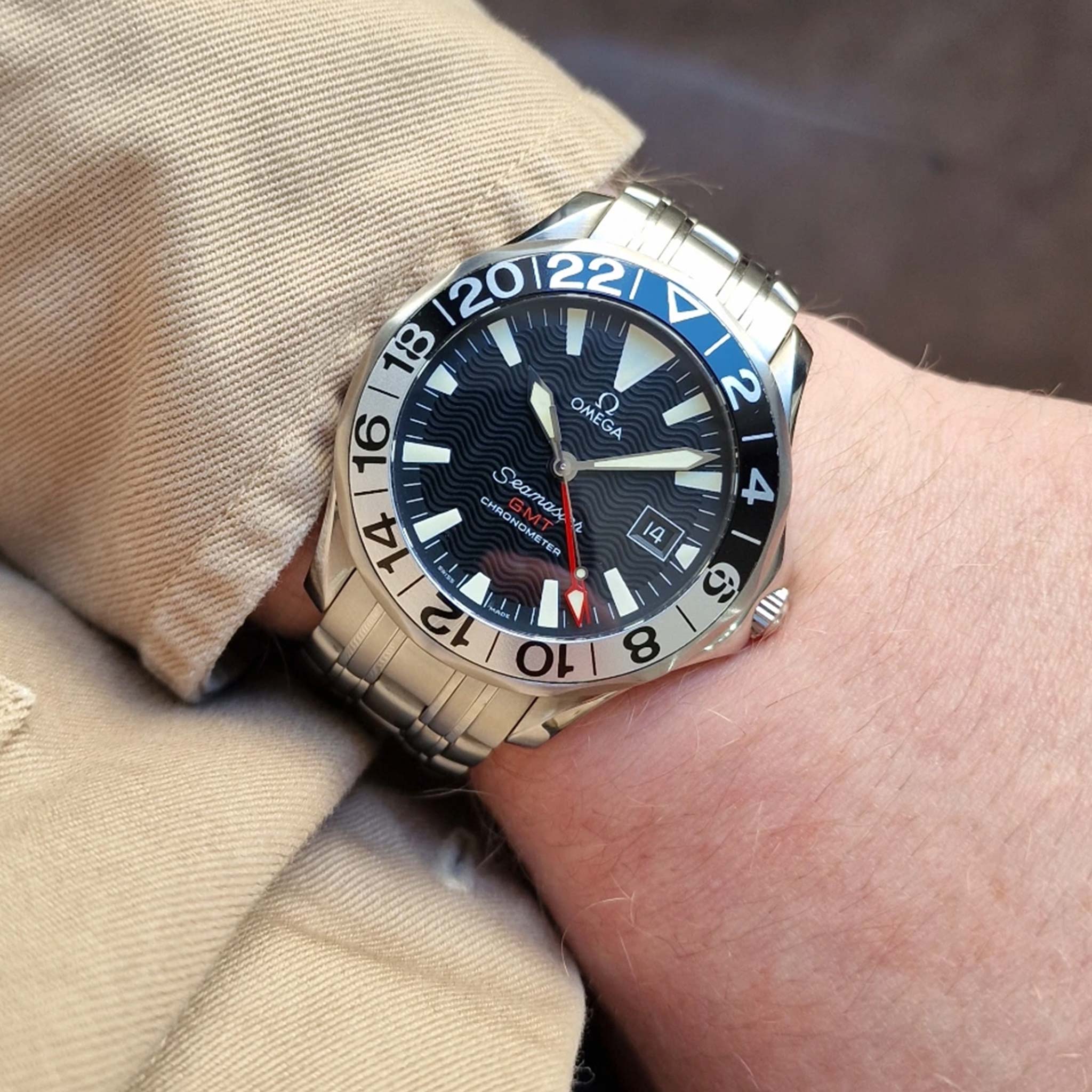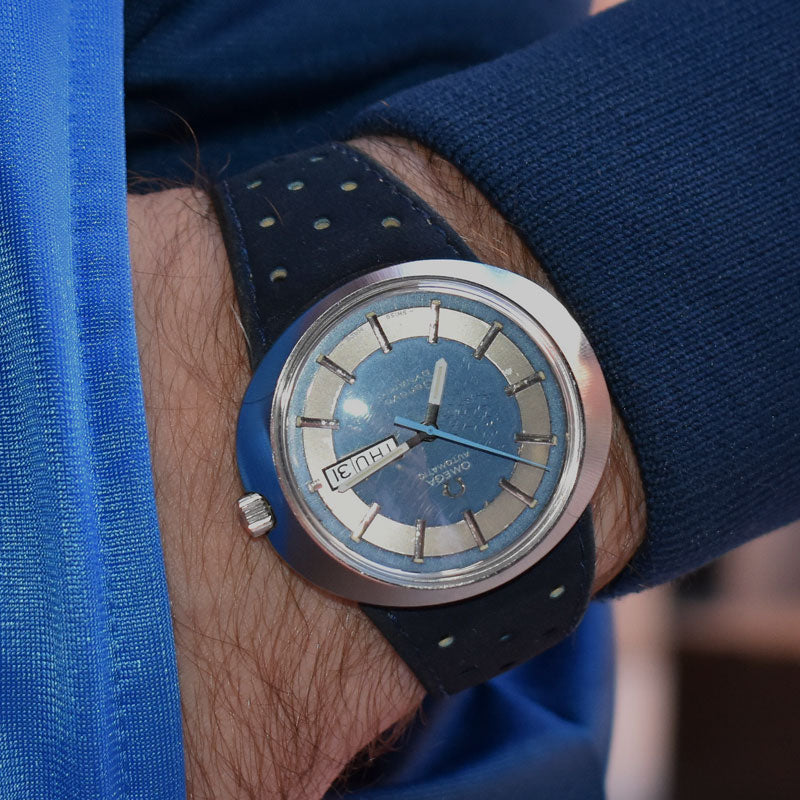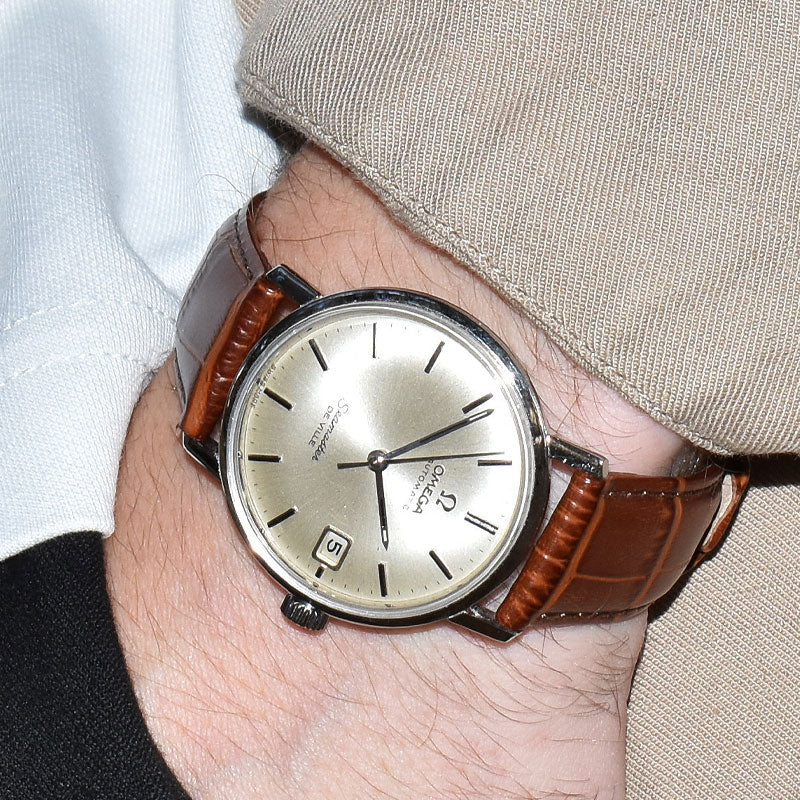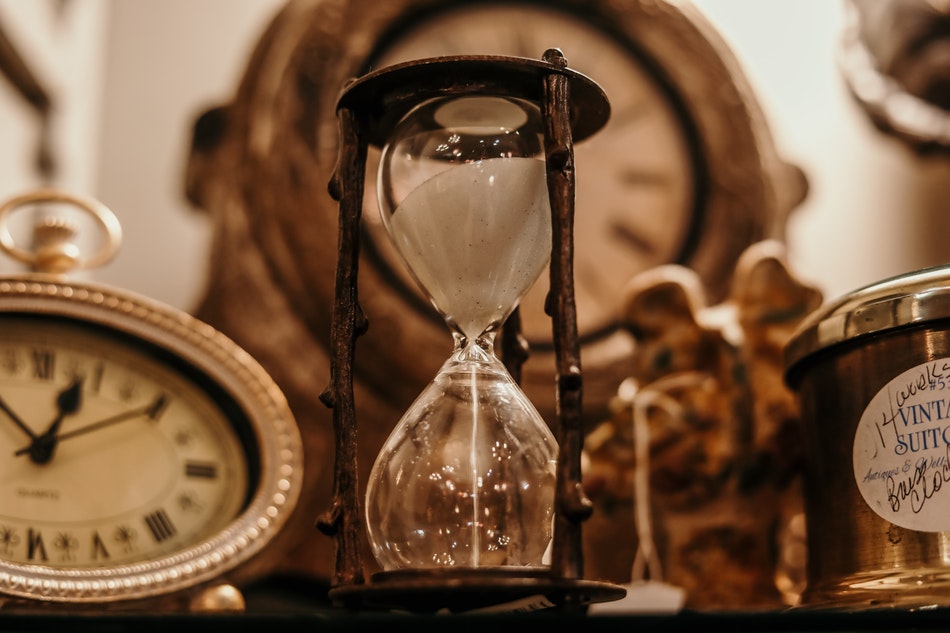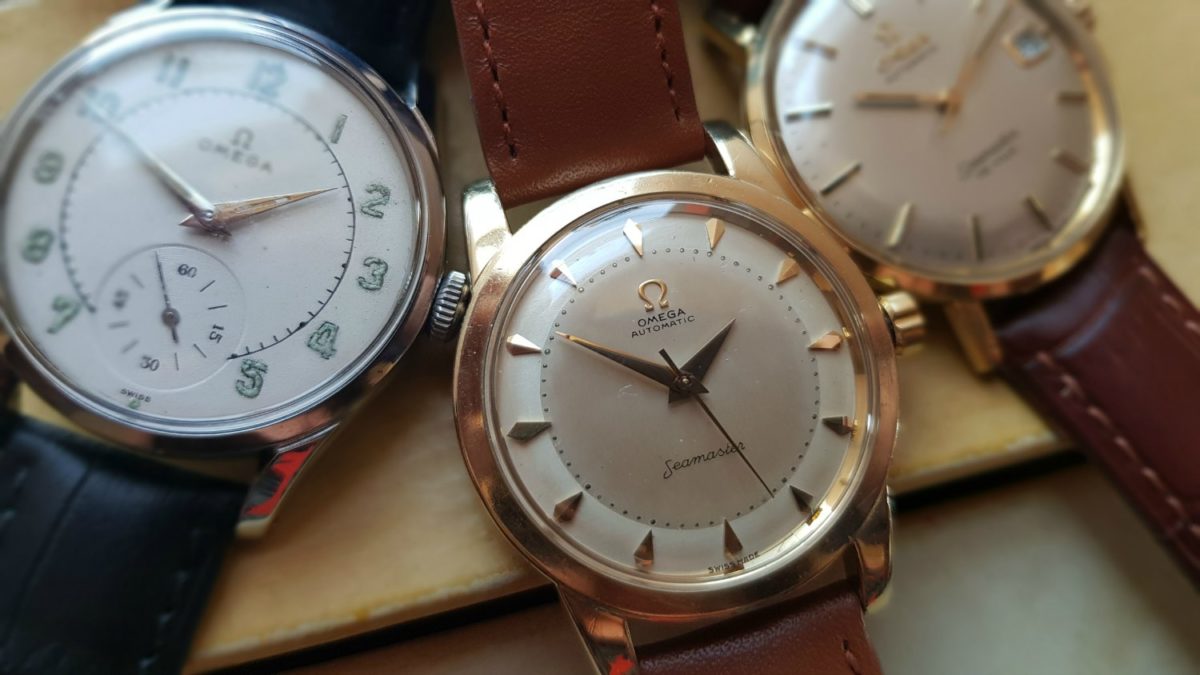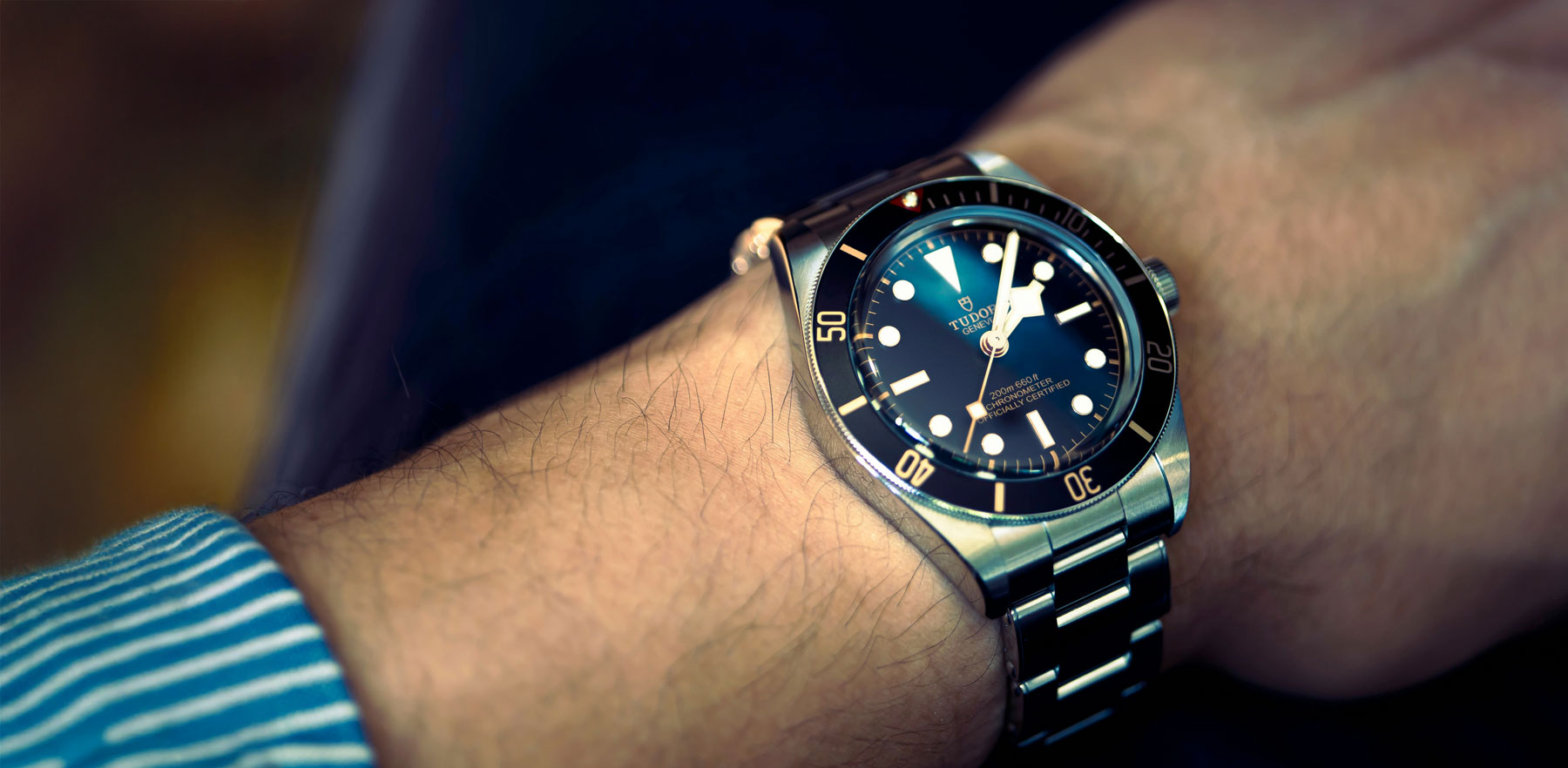The dream of every vintage watch enthusiast is to come across a watch in pristine condition, as if it has never been worn or out of its box.
However, good condition, rather than the be all and end all of vintage watches, is more like an added bonus. What’s really important and what really makes a vintage watch unique, rare, and valuable is the work that went into making it and the history that it carries.
To discover exactly what we mean, we’re going to discuss five factors that are key in making for a rare vintage watch.
1. Original Dial
The dial of a watch makes up the vast majority —if not all — of its value. So finding a rare vintage watch with an original, untouched dial is going to significantly increase its worth and rarity.
[products limit="4" columns="4" attribute="dial" terms="black"]
To check the originality of a dial, you can assess the quality of the crown, case, lugs, dial, and hands. You can also look at the quality of the text and number printing. Of course, it pays to have a trained eye or know someone who does, that is, unless you’re buying from a respected and authorised vintage watch dealer.
2. The Material
Vintage watches that are made from solid gold, platinum, and stainless steel are what are generally most desirable. And as a result, there are also many easily-worn and less desirable gold-filed, gold-plated, and chrome-plated watches on the market, which, at times, can be difficult to spot.
[products limit="4" columns="4" attribute="Bracelet" terms="stainless-steel"]
To find out what type of metal a watch’s case is made from, look to see if there are marks on the inside or outside of the case back. Stainless steel watches will generally say, “STAINLESS STEEL” or “ACIER INOX”, while solid 14k or 18k watches will have respective hallmarks with the associated amount of gold (0.585 for 14k or 0.750 for 18k). Platinum watches also often say so on the case and may have a hallmark (typically 0.950).
3. Serial Numbers
As a general rule of thumb, a vintage watch’s serial number should correlate in date to the year its movement was made. However, there are some cases in which the movement was made much later. In either case, you can check by running it through one of the various databases online.
Checking the serial number will help you determine the watch’s authenticity and originality. With it, you’ll be able to find out more information on the watch, including how rare it is and how it should look in its original state.
4. Inscriptions
Although many avoid vintage watches with inscriptions on the case back, they can help to tell the story of watch and provide a clearer picture of its life and origins.
This is important as, as well as being original and authentic, rare vintage watches are also those with historically rich backgrounds. Discovering a watch that played a role in a significant date in history or that was on the wrist of an important figure for a decade can make a watch infinitely rarer and more special.
5. Documentation
It’s always good for a watch to come with its authenticity papers and box. However, it is always better to buy an original vintage watch without papers than a mediocre watch with full documentation.
A few drawbacks of watches with documentation include not knowing if has been faked, and the potential for being associated with owners that obsess over their watches — i.e. polishing the cases daily or refurbishing instead of fixing parts.
Picking up an original without the paperwork is thus not as big of a risk as some people may think, and is, in fact, a great way to get your hands on an original and incredibly rare vintage watch.
